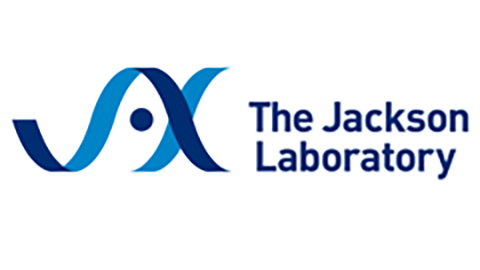Modeling the differentiation of induced pluripotent stem cells using single cell RNA sequencing data
Document Type
Article
Publication Date
Summer 2017
JAX Location
In: Student Reports, Summer 2017, Jackson Laboratory
Sponsor
Dr. Mingyang Lu
Abstract
Induced pluripotent stem cells (iPSCs) are promising tools for biomedical research such as human disease model, and regenerative medicine. Yet, our insight into the gene regulatory mechanism of iPSC differentiation is still incomplete. This study aims to understand the regulatory mechanism underlying the iPSC differentiation via a novel combined approach that utilizes both scRNA-seq data analysis and network modeling. In this study, the scRNA-seq data measure the gene expression of iPSCs differentiating into four different cell types: mesoderms, endoderms, neurons, and trophectoderms (TEs), and at four collection times: day 1,2,4, and 6. Based on hierarchical clustering analysis, we first found the 640 embryonic developmental genes can capture major cell phenotypes. The results also show that after iPSCs differentiate into TEs, around day 4 and 6 the TEs diverge into two subpopulations. In subsequent analyses, we inferred a pseudotime of each cell and examined the expression dynamics of the genes in the TE cell line and clustered the genes based on their dynamical behaviors. Literature information and gene expression dynamics were used to construct a transcription factor network, and the network model reveals five steady states, which can explain the mechanism of the TE cell differentiation.
Recommended Citation
Pholcharee, Tossapol, "Modeling the differentiation of induced pluripotent stem cells using single cell RNA sequencing data" (2017). Summer and Academic Year Student Reports. 2595.
https://mouseion.jax.org/strp/2595

